From the air the vast wildernesses of Canada might look impenetrable, but the reality is it is the kind of destination long distance road trips were made for. Canada’s roads are superbly maintained and have scarcely any traffic on them, so you can drive with ease to a huge array of extraordinary locations and soak up the panoramic views as you enjoy the solitude.
From the Rocky Mountains to the Pacific Coast, taking in dramatic national parks, temperate rainforests, and grizzly bear habitats, there are few more wildly wonderful journeys than this.
Banff National Park
Air Canada flies direct from Heathrow to Calgary, which makes the Rocky Mountains surprisingly accessible. Picking up an automatic Chevrolet from the airport was a breeze, and within an hour of clearing customs I was already on the road, the craggy peaks of the Rockies rising up around me.
Banff is one of those towns born when the transcontinental railroad cut through Canada in the 1880s. Workers found natural hot springs here, and enterprising souls decided to develop the site as a mountain resort. The Banff Springs Hotel, built in a Scottish baronial style, drew well heeled guests from across Canada and beyond, and Banff grew famous for its natural beauty, its hiking, and, later on, for its skiing, too.
Rising early, I rode the cable car to the top of Sulphur Mountain to watch the daybreak. I stood upon the boardwalk mesmerised as rays of light began to fall upon the trees and mountain tops, turning their muted tones into vivid colours. I was already on top of the peak, but wanted to go higher still: the opportunity came in the form of a helicopter ride, so I soared eagle like above Banff, Spray Lake, and Mount Buller. The national park is beautiful on the ground, but from the air it is absolutely breathtaking.
Jasper National Park
Travelling from Banff to Jasper takes three hours or so, but it’d be a waste to drive straight through without stopping. The road here passes through the Icefields Parkway (also known as the Promenade des Glaciers), without doubt the most awe inspiring route in the Rockies.
I picnicked at the glacier fed Peyto Lake, a sparkling stretch of water that is so turquoise in colour it hardly seems natural. The best views are from Bow Summit on the Parkway, where plenty of cars stop to admire the views, but you only have to walk a short distance down towards the lake and you’ll find a perfectly peaceful spot.
The Columbia Icefield – the largest in the Rocky Mountains – is ideal for a longer hike. You can ride out onto the glacier by coach but I preferred to stretch my legs and feel the ice scrunching beneath my feet. It’s an isolated place and the weather can be harsh, but on a bright summer’s day the surface sparkles. I gulped in deep lungfuls of the pristine air.
Kamloops
Kamloops is a pocket of civilisation on the bank of the South Thompson River. After the rugged wilderness it’s quite a contrast to descend into the town and see the manicured greens of the golf course, white fences around the horse paddocks, and pretty little timbered houses.
Thus far I’d only seen wildlife from afar, so I took a day out to go to the British Columbia Wildlife Park, a remarkable conservation project. The 65 species are all native to this part of Canada, including three kinds of bears, Arctic wolf, coyote, and bobcat. During a private animal encounter you can meet a bearded dragon, red foot tortoise, or owl and, if you have the stomach for it, even have a bird of prey swoop down and land on your hand. The rangers are eager to talk about their work, in particular the successes of their burrowing owl breeding programme, which is the largest in the world.
Relevant Stories
No relevant stories found

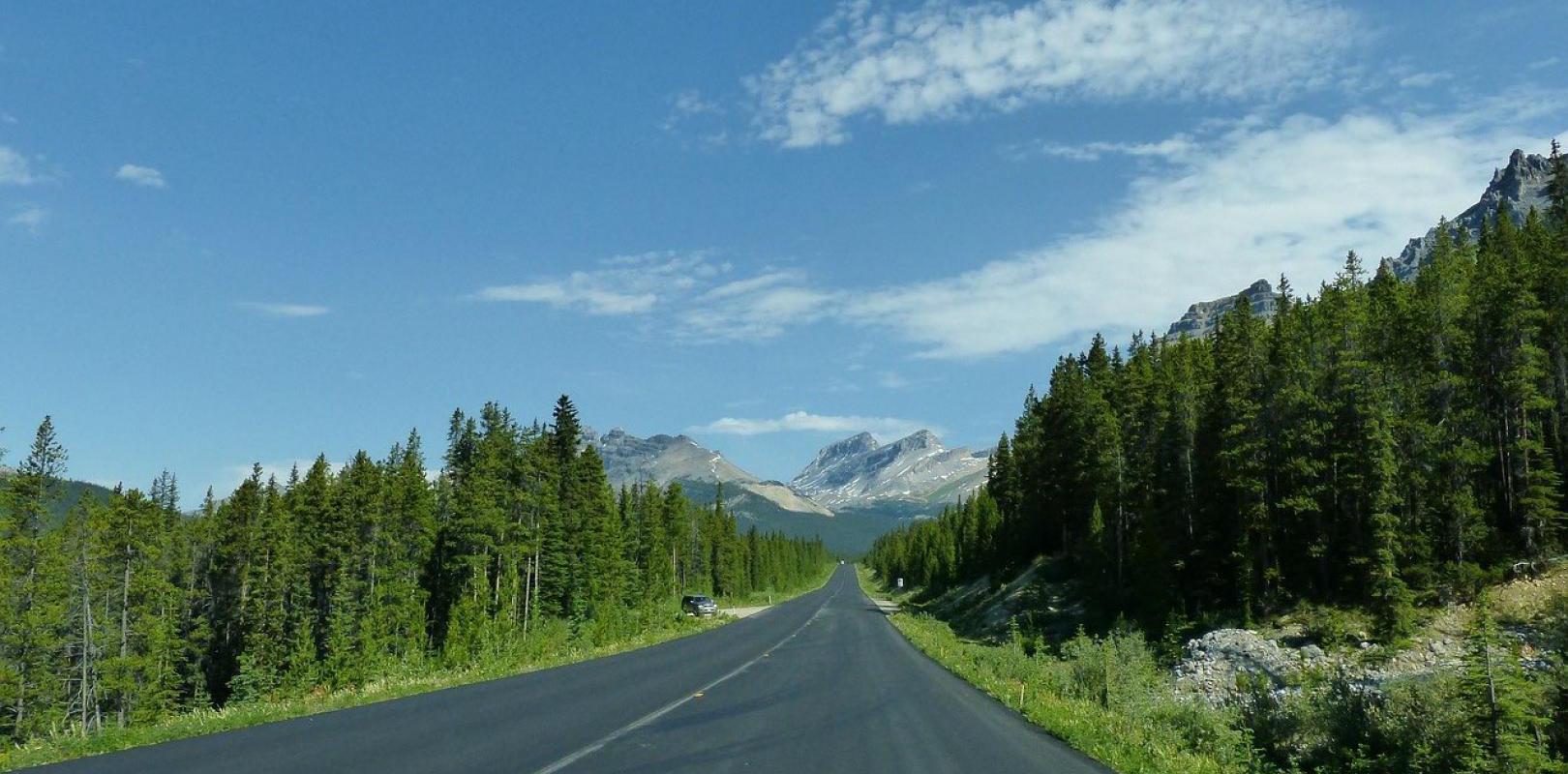
 30 Aug, 2019 01:15 PM
30 Aug, 2019 01:15 PM  by
by


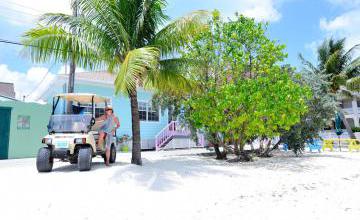


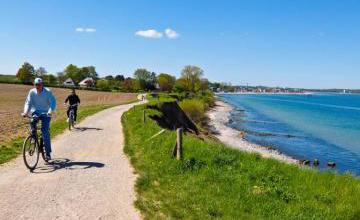
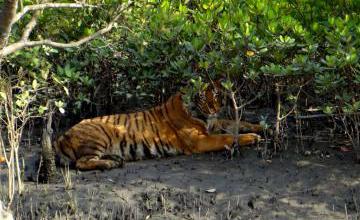
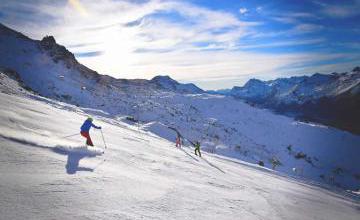


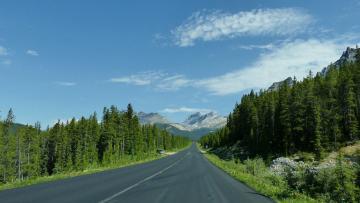

 Gmail login
Gmail login
 Facebook login
Facebook login
Comments